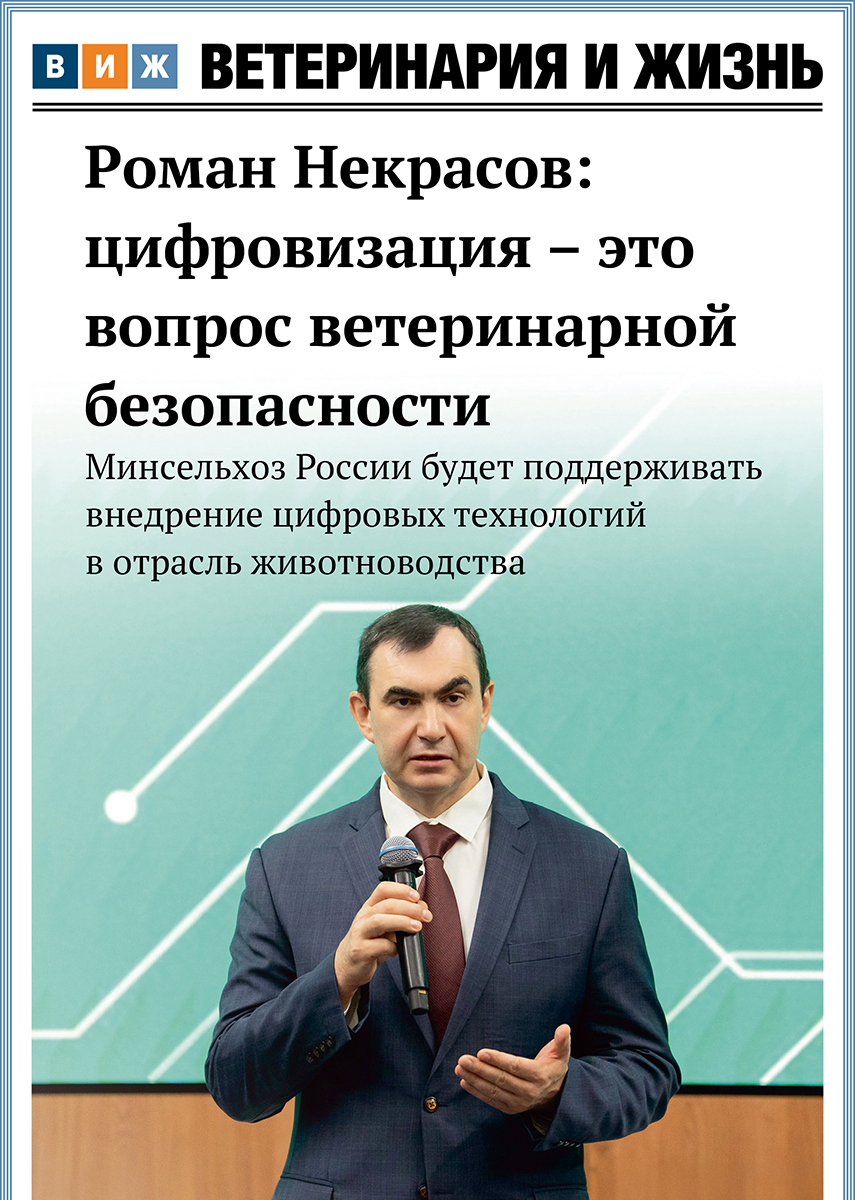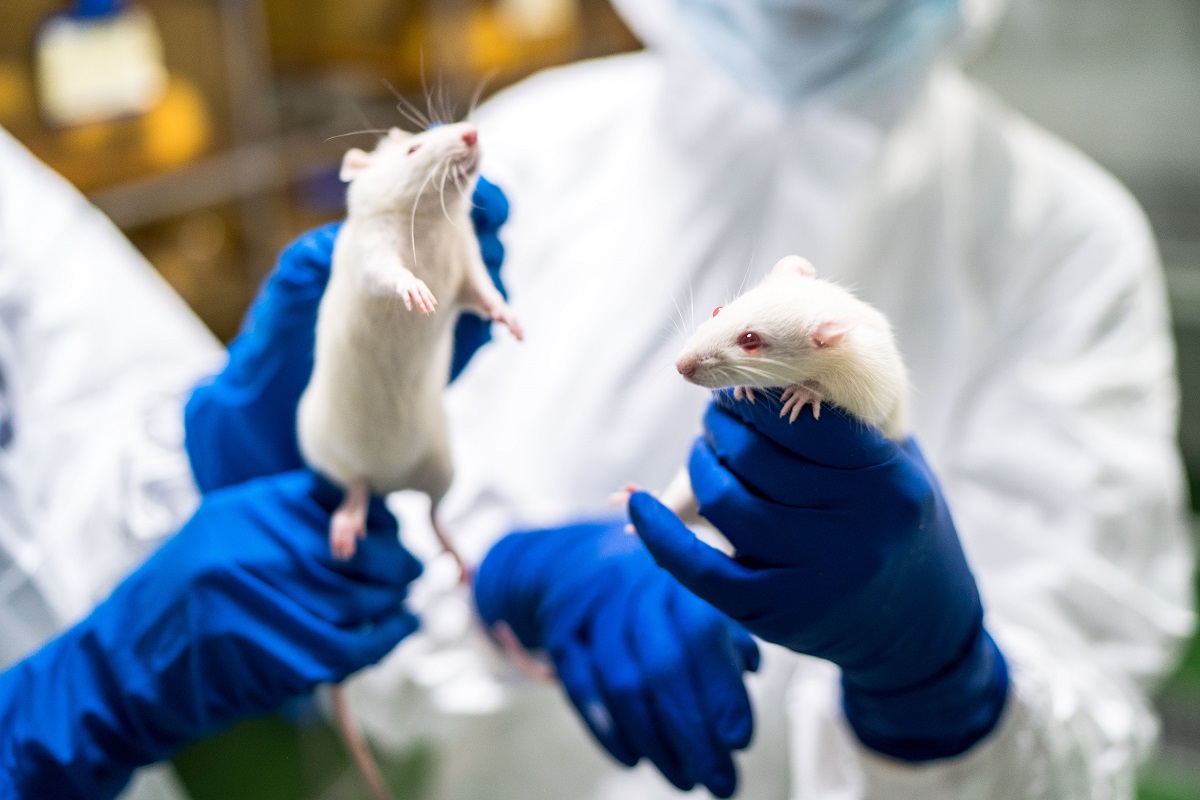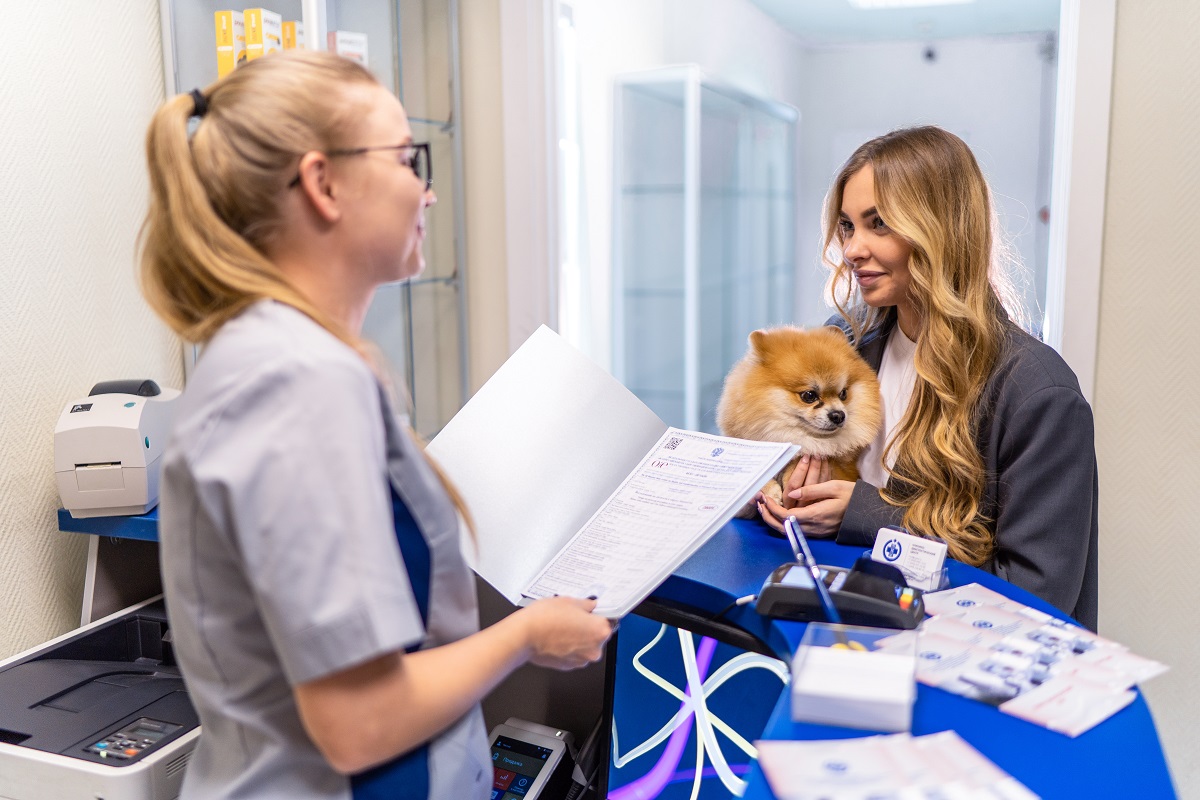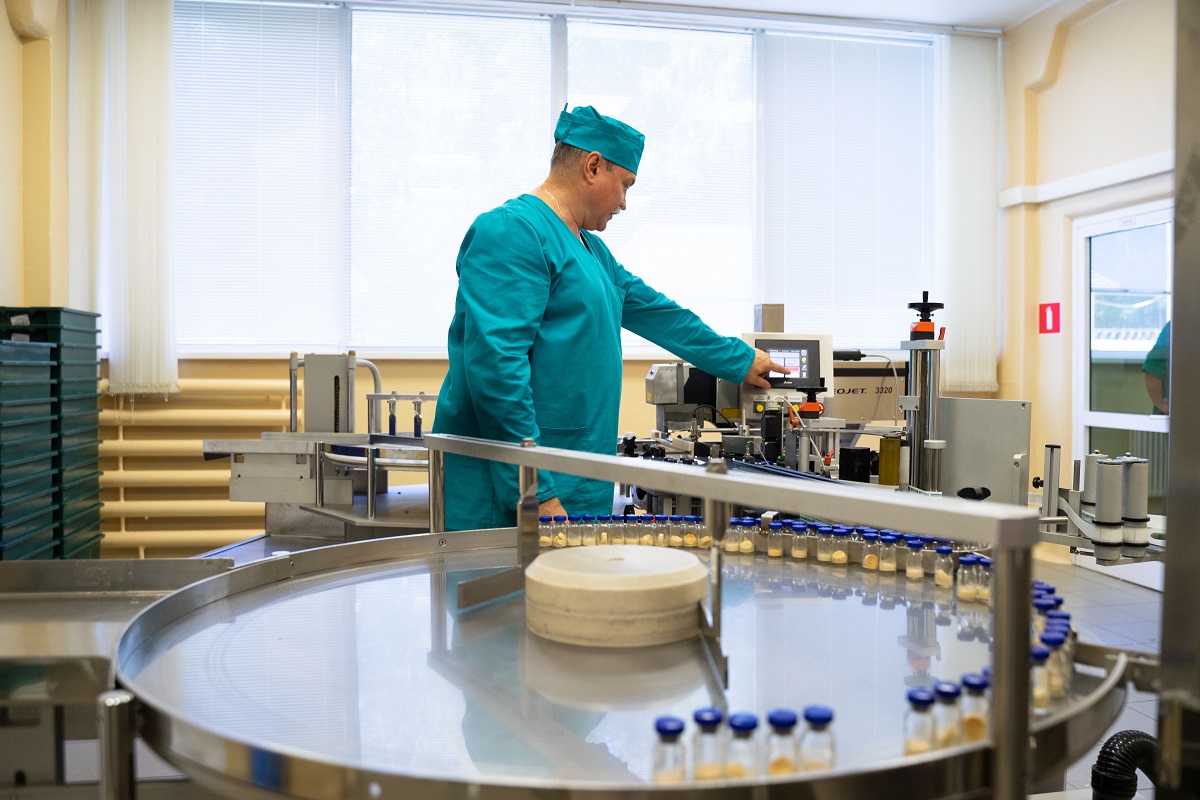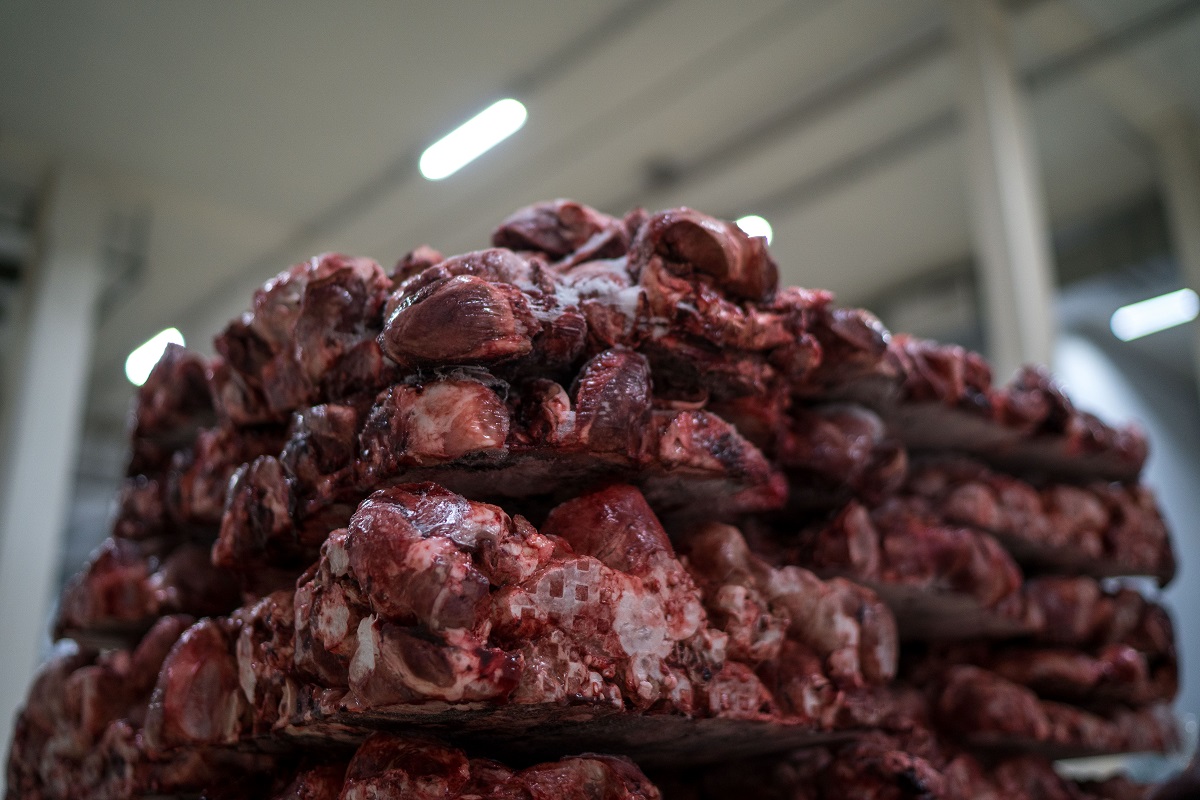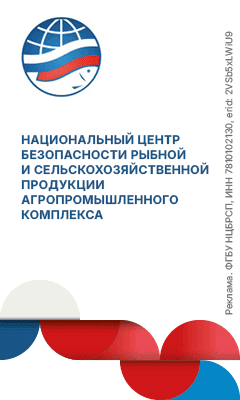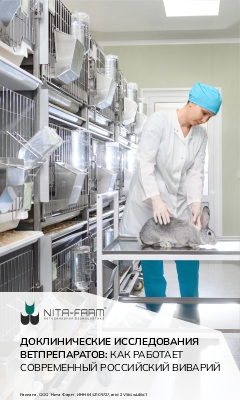According to the draft, the biocollections include, in particular:
- collections of microorganisms, including collections of industrial and agricultural microorganisms;
- collections of animal cell cultures;
- plant collections;
- collections of animals, including collections of animal genetic resources, zoological collections, and collections of breeding colonies of laboratory and wild animals;
- collections of breeding colonies of marine and freshwater organisms;
The bill provides for the creation of a bank of biological collections and the maintenance of a special national registry.
According to the authors of the document, the creation, design, maintenance, development, research, and use of biological collections and the work of bioresource centers currently don’t fall under any legislation in Russia. Only a few isolated references are found in a number of laws.
According to the Russian Ministry of Education and Science, there are currently more than 120 unique scientific biological collections in Russia. “This includes collections that are considered national treasures not only in Russia but also globally. The credit for their existence should be given to scientific teams, which often see collection maintenance as a matter of preserving the national heritage and a lifetime project,” the explanatory note says.
At the same time, it is underlined that, for the sake of avoiding contradictions in legislation, the bill doesn’t apply to collections of pathogens and viruses.

